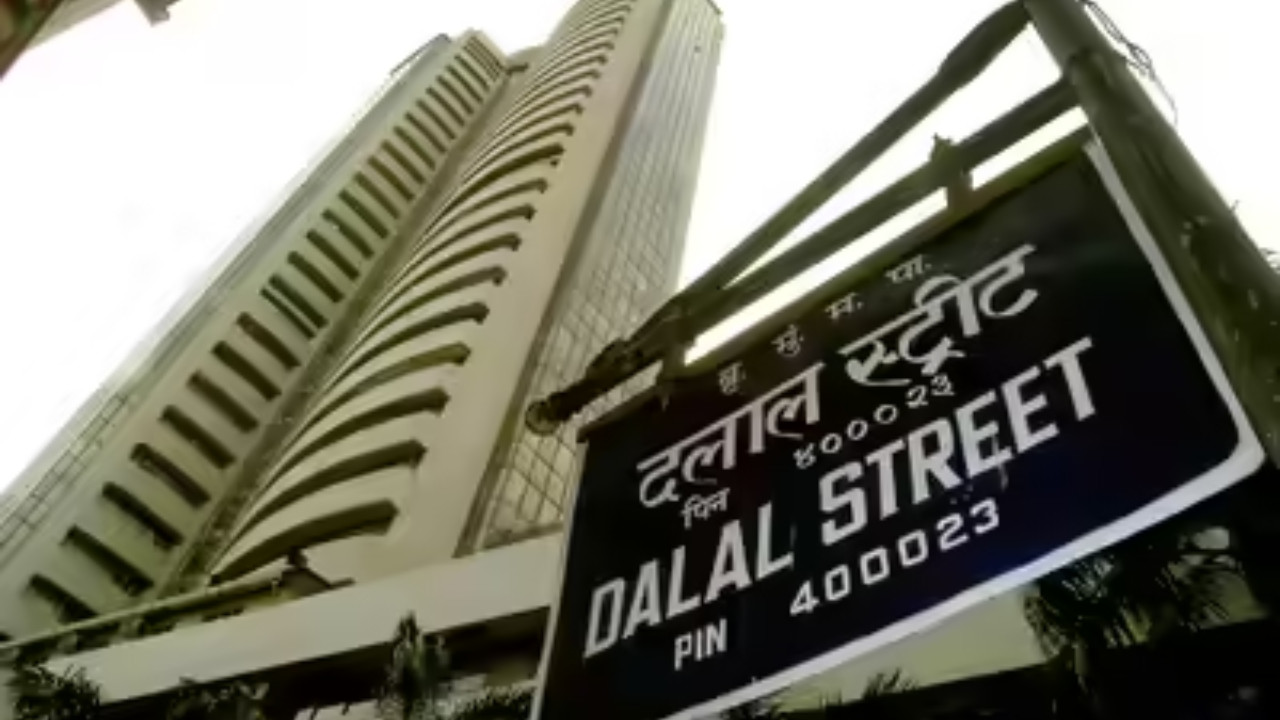India’s tier-II cities experienced a mixed bag in housing sales during Q1 2025. While the number of units sold dipped by 8%, the overall transaction value increased by 6%. Experts attribute this to lesser supply and infrastructure improvements, anticipating future growth driven by potential repo rate cuts and the increasing prominence of these markets.
Tier-II Cities: Housing Market Takes a Curious Turn – What’s Really Happening?
So, we always hear about the meteoric rise of real estate in the big metros – the Mumbais, Delhis, and Bangalores. But what about the unsung heroes, the Tier-II cities that are quietly shaping India’s economic landscape? Recent data just dropped, and it paints a fascinating, slightly perplexing picture of their housing markets. Buckle up, because it’s not as straightforward as “boom or bust.”
Propequity just released its Q1 2025 report, and the headline might surprise you: house sales in these Tier-II hubs actually dipped by 8%. Yes, you read that right. After years of seemingly unstoppable growth, we’re seeing a cooling trend. But hold on, before you start predicting a market crash, here’s the kicker: the value of those sales actually rose by 6%.
Confused? You’re not alone. It’s like ordering a smaller pizza, but somehow ending up paying more for it. What’s behind this seemingly contradictory trend? Well, let’s unpack it.
First, let’s acknowledge the inevitable: the frenzy of the post-pandemic real estate boom was bound to slow down eventually. The surge in demand fueled by work-from-home and a desire for larger spaces in less congested areas simply couldn’t be sustained indefinitely. Perhaps we’re witnessing the market finally normalizing, finding its equilibrium after a period of rapid, almost frantic, activity.
But that doesn’t fully explain the price increase. One key factor at play is likely the shift towards premium housing. Developers are increasingly focusing on higher-end projects with more amenities and better infrastructure. Think gated communities with swimming pools, clubhouses, and meticulously landscaped gardens. These properties, naturally, command higher prices, even if fewer units are being sold overall.
Another element is the rising cost of construction. Raw materials like steel and cement have seen significant price hikes in recent years, pushing up development costs and, consequently, the price tags on new homes. Coupled with land acquisition costs, which are also on the rise, developers have little choice but to pass on these expenses to the buyer.
Furthermore, the changing demographics and aspirations of Tier-II city residents are playing a crucial role. As these cities become more economically vibrant, attracting skilled professionals and entrepreneurs, the demand for quality housing increases. People are no longer content with basic accommodations; they want modern homes that reflect their upward mobility and lifestyle. This demand is fueling the growth of the premium housing segment.
What does this all mean for the average homebuyer in a Tier-II city? It means you need to be savvier than ever. Gone are the days of simply jumping into the market and hoping for the best. Now, it’s crucial to do your research, compare properties, and understand the factors driving price fluctuations.
Are you looking for a budget-friendly option? You might need to be more flexible with location and amenities. Be prepared to look at slightly older properties or explore areas further from the city center. Alternatively, if you’re after that dream home with all the bells and whistles, be prepared to pay a premium for it.
But here’s the silver lining: while prices might be higher, investing in real estate in a Tier-II city still holds significant potential for long-term appreciation. These cities are growing rapidly, fueled by government investments in infrastructure, improved connectivity, and a burgeoning job market. So, while the initial cost might be higher, the potential returns could be substantial.
The key takeaway? The Tier-II housing market isn’t collapsing, but it is evolving. The data reveals a nuanced picture of a market in transition, adjusting to new realities and shifting demands. It’s a market where quality trumps quantity, where premium offerings are driving value, and where the informed buyer will ultimately come out on top. It’s a call to be more strategic, more informed, and more discerning when making your next real estate move.
📬 Stay informed — follow us for more insightful updates!







